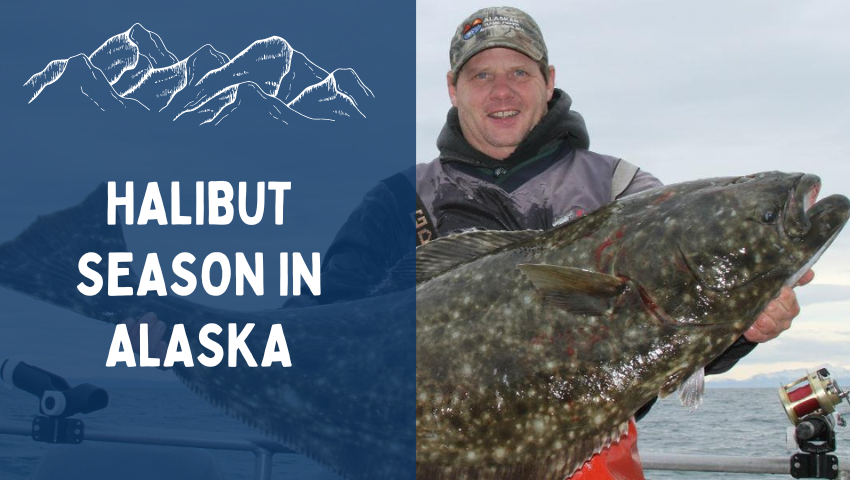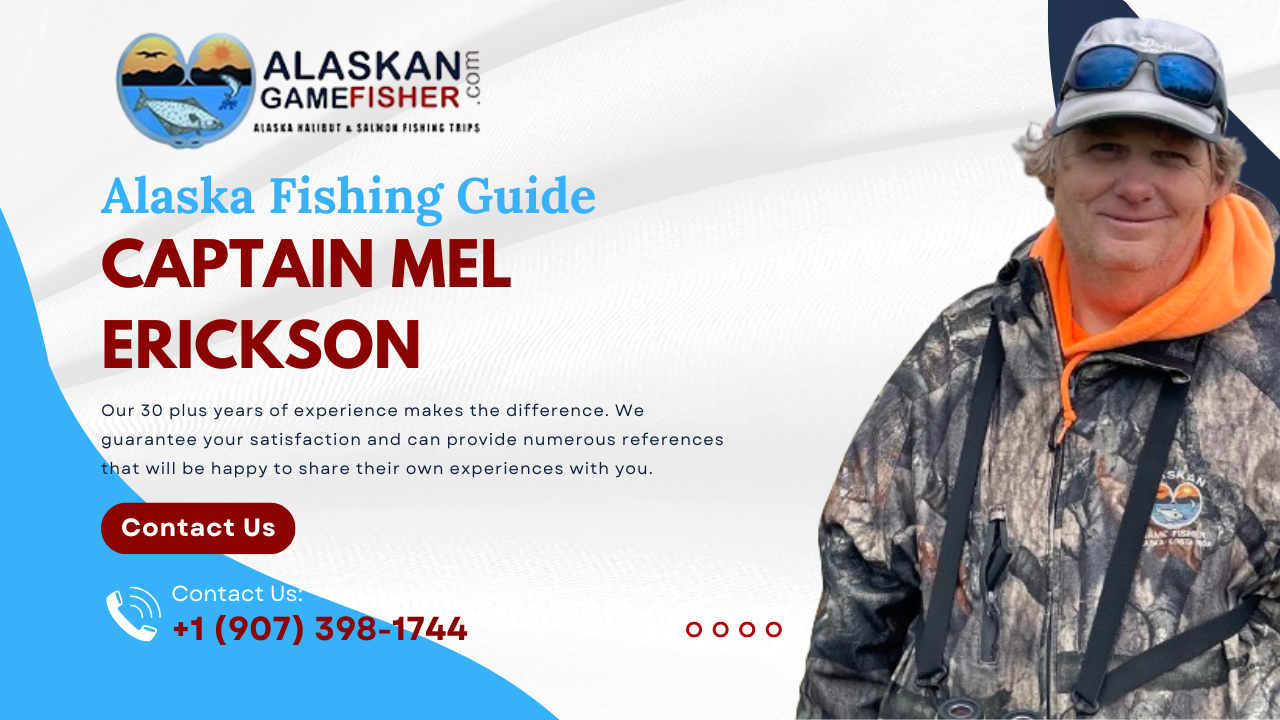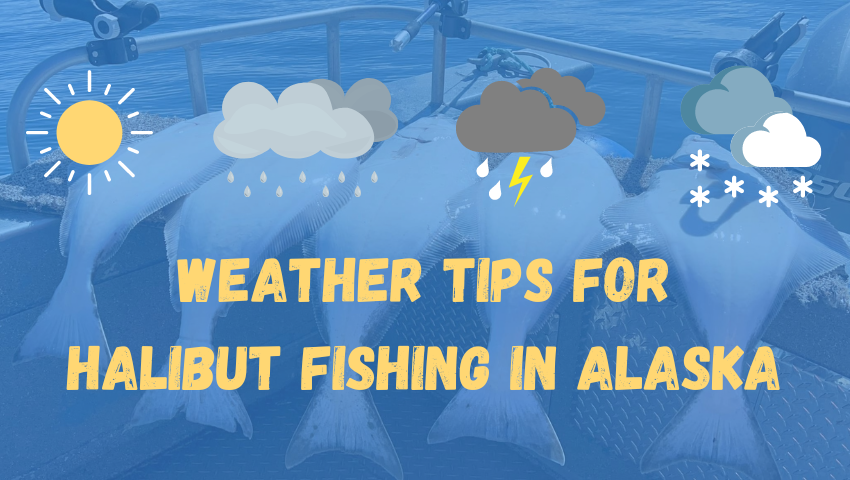Expert Weather Tips for Successful Halibut Fishing in Alaska
In Alaska, halibut fishing is an exciting activity that demands talent, endurance, and a thorough awareness of the weather.
An experienced angler is aware that favorable Halibut fishing weather conditions can be the difference between a productive day on the water and a day spent fighting the elements.
We will provide professional Halibut fishing tips on the weather to help you get the most out of your Halibut fishing excursion in Alaska.
Understanding the Halibut Season in Alaska

It is imperative to know the dates of the halibut season in Alaska before delving into the weather. The peak season occurs in June and July and usually lasts from mid-May to mid-September. But the optimum time to fish for halibut varies depending on where you are. The season begins earlier in the southeast and peaks in the Gulf of Alaska in July and August.
Halibut loves the seas surrounding Ketchikan, in Southeast Alaska, which are between 37 and 46 degrees Fahrenheit. They will migrate into the Continental Shelf’s shallower waters as the months get warmer, then return to the deeper seas for the winter.
In Ketchikan, the halibut season runs from mid-May to mid-September, although between June and August, they are maximum active and prolific.
Perfect Conditions for Halibut Fishing
As a resilient species, halibut can withstand diverse environmental factors. Nevertheless, cloudy, mildly windy conditions are usually ideal for halibut fishing. Stay away from days with high winds and choppy waves. These might make it challenging to search for the best fishing locations and efficiently deliver your bait.
Keeping an eye on the weather
Always check the most recent weather prediction before leaving. Seek out days with calm waters and light winds. If feasible, schedule your excursion around the tide changes, as this is typically when the halibut is most active. When you are on the water, give special attention to the weather. Reverse course, as soon as the winds kick up when a storm moves in.
Alaska Halibut Fishing in Different Conditions
While calm weather is ideal, less-than-perfect conditions can result in a successful cruise. Look for areas with wind protection, such as behind an island. Use heavier tackle and slower presentations in turbulent waters to allow the halibut more time to find your lure.
Using an Alaskan Fishing Guide
Having an Alaska fishing guide is one of the best ways to ensure a fun trip. These knowledgeable captains can lead you to the ideal spots for halibut fishing in any weather because of their thorough understanding of the local weather patterns. They will also be better equipped and knowledgeable to ensure your safety while sailing through.
Takeaway
One requires the right combination of knowledge, skills, and Fishing weather tips in Alaska to get an unforgettable Halibut fishing in Alaska. Working with an experienced guide and better knowledge proves beneficial in many ways. They are experts with potential information on the halibut season. They monitor the weather conditions, and their fishing tips can increase the chances of landing a big catch.
The key to successful fishing is flexibility and patience to adapt to changing weather conditions. You can read “All About Halibut Fishing Trips in Alaska: Your Ultimate Guide” to explore more about the Best weather for halibut fishing. Or you can contact us today for expert advice on the ideal season to travel to Alaska for fishing.


